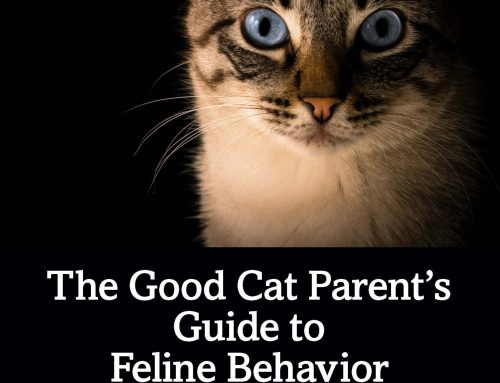
Puppies go through major developmental changes quickly. They need calories and good nutrition for physical and mental health. All puppies should be able to eat when they are hungry and stop when they are full. Exercise, how much mental and physical stimulation the dog has, and stress all contribute to how well a dog digests and metabolizes food. As dogs grow older, their metabolisms slow. Just like people, dogs’ body shapes and metabolisms also vary. Certain adult dogs can consume huge amounts of food and gain very little. These dogs are often very energetic, athletic, and spindly dogs. They are longed-legged, lean, and lanky. Other dogs can get pudgy quickly, such as stout little dogs with short legs.
Types of food can contribute to weight loss or weight gain. Dogs are frequently not fed enough fiber, cellulose, or plant proteins. Instead, they tend to eat a lot of processed and packaged food, including training and ‘jerky’ treats.

Dogs are generalists. They can live on a wide variety of foods and thrive. Only recently have dogs been fed processed, packaged dog food. Dogs in Africa, India, the Middle East, and South America consume vastly different diets. They eat what people eat — lentils, peas, soya, rice, barley, meats, squash, and grains. Dogs can eat a lot of foods including strawberries, almonds, cashews, bread, carob, corn, pasta, tofu, blueberries, most vegetables—cucumbers, broccoli, cauliflower, carrots and the list goes on. The foods that dogs shouldn’t eat are relatively few. These include grapes, raisins, onions, chocolate and macadamia nuts (as well as xylitol—which isn’t a food source but is an additive in products such as peanut butter).
What we feed our dogs is personal and there can be a lot of emotion regarding our dog’s diet. Some dogs are very particular about what they eat. Other dogs such as labs will eat nearly anything. However, on a daily basis, given a choice, most dogs would decide to eat a variety of foods and whole food, instead of processed, packaged kibble and “jerky” treats.

One thing I see from a behavioral perspective is that young dogs, puppies and athletic dogs more often tend to be underfed and hungry. As an adult, they may be tubby and get the caloric energy they need, but since they feel like they are going to get a small portion, they eat quickly and feel like they will never get enough. Many of these dogs were fed small, regulated portions in puppyhood and through adolescence. Behavioral problems can worsen or become exacerbated if the puppy was additionally malnourished.
Hungry puppies are not happy puppies. Often, we look at the back of the dog food bag to measure out meal portions for dogs. But those recommendations should be approximate guidelines. Since puppies’ metabolisms are so fast, it’s very important that they are fed well and not left hungry. Just as we wouldn’t put a human baby or toddler on a diet, we shouldn’t ration puppies either. Puppies naturally will eat when they are hungry and stop when they are full.

Diet influences behavior. Most of us don’t want our dogs to be fat. But being hungry isn’t fun either. Puppies, and young dogs who are hungry, are harder to settle down. They will nap less frequently. It’s harder for them to learn. When presented with a treat, food gets in the way of learning. Hungry puppies will often exhibit more play-biting, jumping, and chewing than their well-fed peers. They can also “talk back” more frequently or seem grumpy and ornery. These puppies will gorge, inhale, or snap as they take food and treats from people.
If this sounds like your dog or puppy, consider feeding more. If you are using a slow feeder and your dog seems frantic or frenetic about food, feed him until he slows down or becomes full. He will stop eventually. Once you have a sense of how much your dog wants to consume and when, you can adjust meal portions and timing accordingly. Some dogs are morning eaters. Other dogs tend to eat in the afternoon or early evening. Your dog will likely have a preference.
If your dog seems very famished or hungry, add cooked oats or potatoes to their meals. Oats and potatoes are nutritious and make the meal more filling. For snacks, swap jerky or training treats for vegetables, fruit, or oatmeal-based snacks. If your dog went hiking or swimming vigorously one day, they likely need to eat much more than if they spent the day sleeping. These factors are all important when considering your dog’s diet. If your puppy or young dog is hard to settle down, excessively play-biting, mouthing, or seeming frantic or frenetic around food, usually, you will see an improvement in your dog’s behavior within 4–5 days of feeding them more substantial meals.
© 2021 Alana Stevenson





